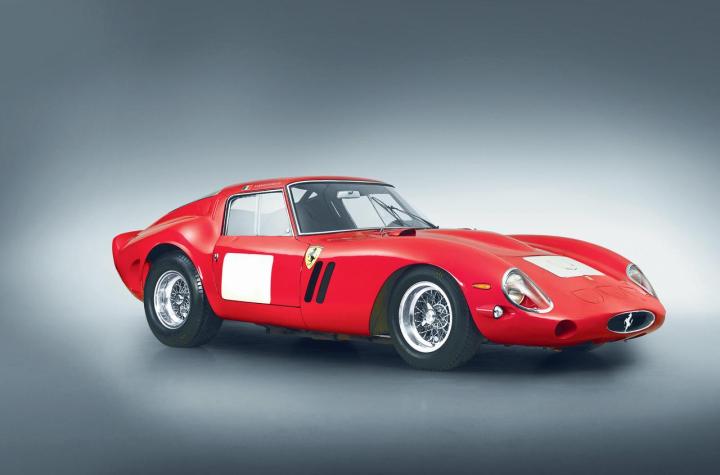
These are generally the breed of folk you’ll find at the Pebble Beach Concours d’Elegance, an automotive event notable for highbrow culture, bold style, and big checkbooks.
The latest example of that? The record-breaking sale of a 1962/1963 Ferrari 250 GTO Berlinetta at Bonhams auction house, which went for a staggering $38,115,000.
The iconic Italian, which wears the chassis code ‘3851GT,’ now holds the world record for an automotive auction sale. It beat out the previous titleholder, a 1954 Mercedes-Benz W196R Formula 1 car, that was picked up for in 2013 for $29,650,000.
“It’s been a genuine privilege to represent this outstanding car and we are absolutely delighted with today’s results,” said Robert Brooks, Chairman of Bonhams. “We’ve always maintained that we would exceed the current world record and that the car would bring between $30-$40-million and today the GTO did just that.”
Recession? What recession?
The striking GTO isn’t the only Ferrari 250 to make headlines for its price tag. Because of the car’s rarity (only 39 250 GTOs were made from 1962 to 1964, all by hand) and its racing pedigree (its initials stand for Gran Turismo Omologato), these graceful, swooping beauties are known to fetch a pretty penny.
RELATED: Ferrari mulls electric turbocharging technology
In 2013, a collector named Paul Pappalardo sold his beautiful Competition Red 250 GTO for a staggering $52 million, however it was not at an official auction.
When new, these Ferrari’s cost $18,000 in the United States, which is around $142,000 in today’s dollars. Given its limited production run, though, buyers had to be approved by Enzo Ferrari himself.
The GTOs were generally fitted with a 3.0-liter V12 that made around 300 horsepower, however a few were fitted with a larger, 4.0-liter unit.
(Photo courtesy of Bonhams)


